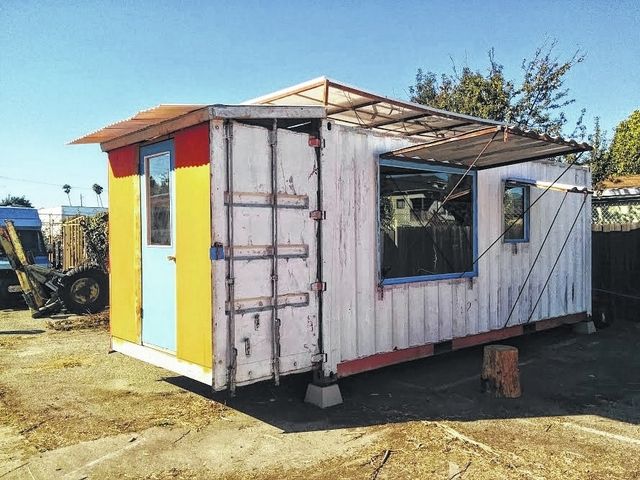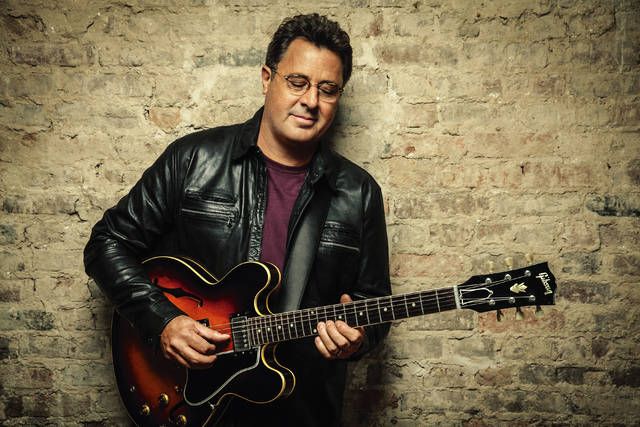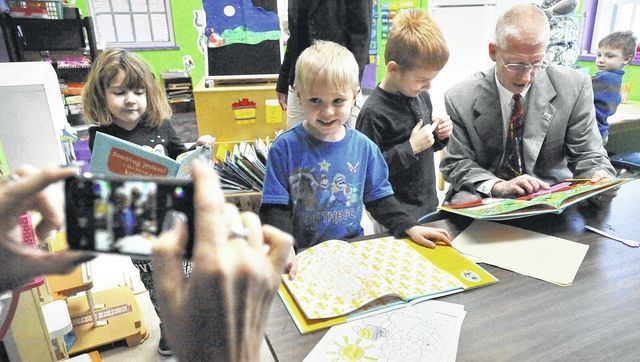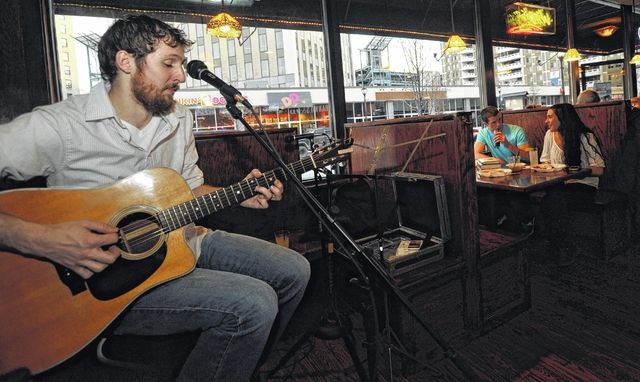Click here to subscribe today or Login.
WILKES-BARRE — When Luke Iseman decided to move eight months ago, he rented a 10,000 pound forklift. “It’s really easy,” he said. “Believe it or not you just walk into a forklift place and get one.”
By now you suspect Iseman, a 2001 graduate of Wilkes-Barre’s Meyers High School, doesn’t dwell in a typical American house — and you’re right. Iseman lives in what he calls a “boxouse,” a cozy, 160-square-foot dwelling crafted from a weather-tight shipping container, the kind you’ve probably seen on a train or being unloaded from a ship.
The United States has a surplus, he said. “We import so much more than we export and it’s not worth the fuel cost to send them back empty, so there’s a big backlog of containers in perfect condition. Then if they have the slightest dent, for shippers it isn’t even worth an hour of someone’s time to fix it so, they’re sold for scrap or slightly above scrap value.”
A shipping container might cost a few thousand dollars, but it’s less money than the $5,000 to $6,000 many people would pay for two months rent in the San Francisco/Oakland area where Iseman has been living, working and experimenting with alternative housing.
Over the past year or so CBS Morning News, NPR and other media outlets have told the story of how Iseman, his then-girlfriend, Heather, and a handful of other friends had formed a small colony of boxouse dwellers, all living in close proximity on a lot. The lot had raised-bed gardens, chickens and some pressure from the local zoning office.
Iseman alleviated that pressure when he moved into the warehouse, where the experiment continues.
“We can just figure it out as we go,” said Iseman, who rents 20,000 feet of space where he and several other people live with their individual boxouses serving as bedroom/living spaces.
“I’m able to rent out small portions of space and that more than covers my costs,” he said.
Common areas in the warehouse have running water and serve as kitchen and bathrooms, which Iseman has found works better than when each individual boxouse has its own sink, stove and composting toilet.
Using common space, sharing tools and equipment may sound unconventional, but it reminds Iseman of the way he grew up in Wilkes-Barre, as the oldest of five children, before heading to the University of Pennsylvania’s Wharton School of Business. (When the family lived here, his mother, Lynn Iseman, worked as a nurse at the Wilkes-Barre General Hospital and his father, Dave Iseman, was an editor at the Times Leader.)
“I’m used to living with people,” Iseman said, remembering his “large, loud, smart family.”
“To me it’s preferable to be around others. If you look at the cost for a normal IKEA apartment kitchen, it’s $3,000 to $5,000, but if 10 people pool their resources you can build two kitchens and have crazy, high-end appliances. It’s not about sacrificing. It’s about living better.”









